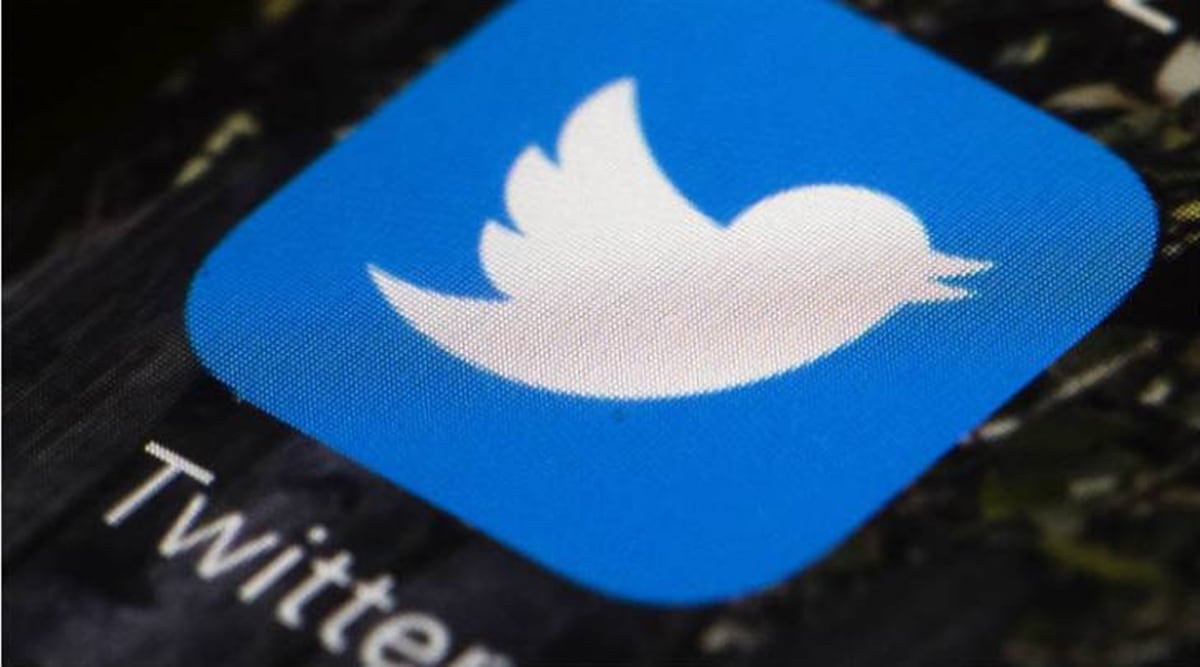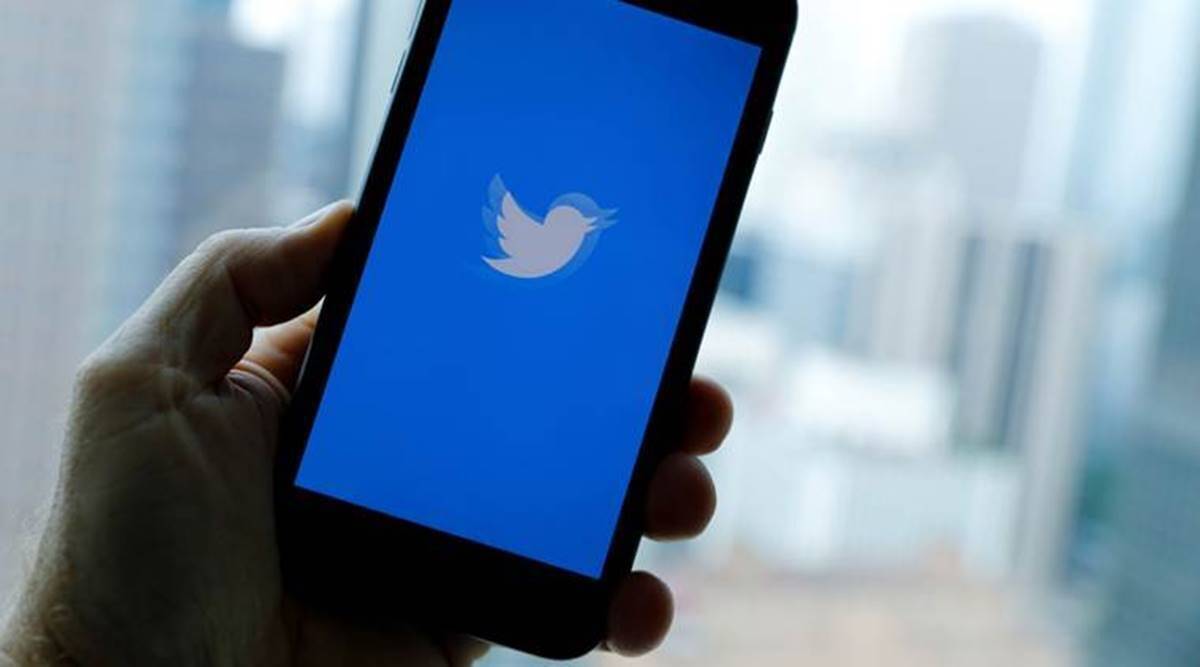Twitter Q1: Sales up 3% to $808M as it swigs to a loss on COVID-19, mDAUS hit record 166M

Twitter reported quarterly earnings that bore this trend out
Despite traffic for many online properties being at an all-time high, advertising has fallen off a cliff because of the downturn in consumer activity outside the home and the wider economic pressures resulting from the COVID-19 pandemic. And today, Twitter reported quarterly earnings that bore this trend out.
Ad-based social networking
The ad-based social networking and media company said that in Q1 it made $808 million in revenues, actually up 3% on a year ago, with monetizable daily active users (Twitter’s own metric for measuring its audience) grew 24% to 166 million, an all-time high, adding 14 million average mDAUs since Q4 (152 million) and 32 million since Q1 of last year (134 million).
However, operating income for the quarter swung to a loss of $7 million, working out to a net margin of -1% and diluted EPS of -$0.01.
Analysts had expected, on average, to see $775.96 million in revenues on earnings per share of $0.10, so Twitter beat on sales, and missed on earnings. (Note: Twitter’s analyst consensus, provided to journalists, was a little different and painted a more positive picture: it noted average EPS expectations were -$0.02 on sales of $776 million, with expectations of mDAUs at 164 million. Twitter says that its figures are based on non-GAAP numbers, but even on GAAP EPS Twitter’s actual EPS is a beat on consensus of -$0.02.)

Times have really changed whichever way you look at it. In the same quarter a year ago, Twitter reported sales of $787 million, up 18%; net income of $191 million; and diluted EPS of $0.37.
“In this difficult time, Twitter’s purpose is proving more vital than ever,” said CEO Jack Dorsey in a statement. “We are helping the world stay informed, and providing a unique way for people to come together to help or simply entertain and remind one another of our connections. We’ve delivered our strongest ever year over year mDAU growth. Public conversation can help the world learn faster, solve common problems, and realize we’re all in this together. Our task now is to make sure we retain that connection over the long term with the many people new to Twitter.”
The company said that the quarter played out in “two distinct periods”, January through early March, which largely performed as expected, it said, and eearly March through the end of the quarter, “when the pandemic became global.”
None of this should come as a surprise. Twitter itself announced more than a month ago that it was removing its own financial guidance because of the instability of its business due to COVID-19 — noting only that it would be lower than expected:
“While the near-term financial impact of this pandemic is rapidly evolving and difficult to measure, based on current visibility, the company expects Q1 revenue to be down slightly on a year-over-year basis,” it wrote at the time. “Twitter also expects to incur a GAAP operating loss, as reduced expenses resulting from COVID-19 disruption are unlikely to fully offset the revenue impact of the pandemic in Q1.”
It did point out one bright spot, which is that it is picking up many more users because of increased “conversation about COVID-19 as well as ongoing product improvements.” Then, it said that quarter-to-date average total mDAU was around 164 million, up 23% from 134 million in Q1 2019 and up 8% from 152 million in Q4 2019.
Generally, Twitter’s fortunes this quarter are in line with results from Alphabet/Google and Facebook, which also reported earnings this week that reflect the impact of reduced advertising revenues due to fallout from the the public health crisis.
But even without the impact of COVID-19 on Twitter’s primary business of advertising, the company had been facing a tough time leading into the quarter. Like eBay, Twitter has been the subject of activist investor activity pushing for leadership and operational changes to improve growth and profitability.
(Coincidentally, the same activist investor, Elliott, has been behind both efforts.) Unlike eBay, however, Twitter has managed to keep its CEO in place — co-founder Jack Dorsey — but has had to concede board seats as part of a wider financing package and strategy to refocus the business. There may be questions on the call today to see if all of that has been put on ice given how other factors are now in play.
One outcome from the deal it had cut with investors was to provide more actionable plans that translated to growth and profit, and on that front at least Twitter is playing ball.
It notes that it has “shifted resources and priorities to increase focus on our revenue products, particularly performance ads beginning with MAP, with the goal of accelerating our long-term roadmap.” This has included an ad server rebuild that should be finished by the end of Q2 to implement microservices architecture for more efficiency and to make it easier to make changes on the fly. It’s also implementing direct response advertising, also with the aim of adding new features that it can charge advertisers for.

“We have increased our focus and the relative prioritization of our revenue products, and will shift and add product and engineering resources as practical to increase our pace of execution on this critical work,” it noted in the earnings letter.
Breaking out some specific numbers, advertising accounted for the lion’s share of sales at $682 million, with data licensing making up much of the remainder. US revenues were $468 million, up 8% year-over-year, while international was at $339 million, down 4%.
No layoffs announced (not yet) but as with others like Spotify, Twitter is putting a hold on hiring. The company had committed to increase headcount this year by at least 20% (alongside its CEO relocating to Africa temporarily and many other optimistic plans) but this is now being slowed down — to what extent, it did not say, but it did note that 2020 total expense growth would now be “considerably less” than the 20% it had projected.




